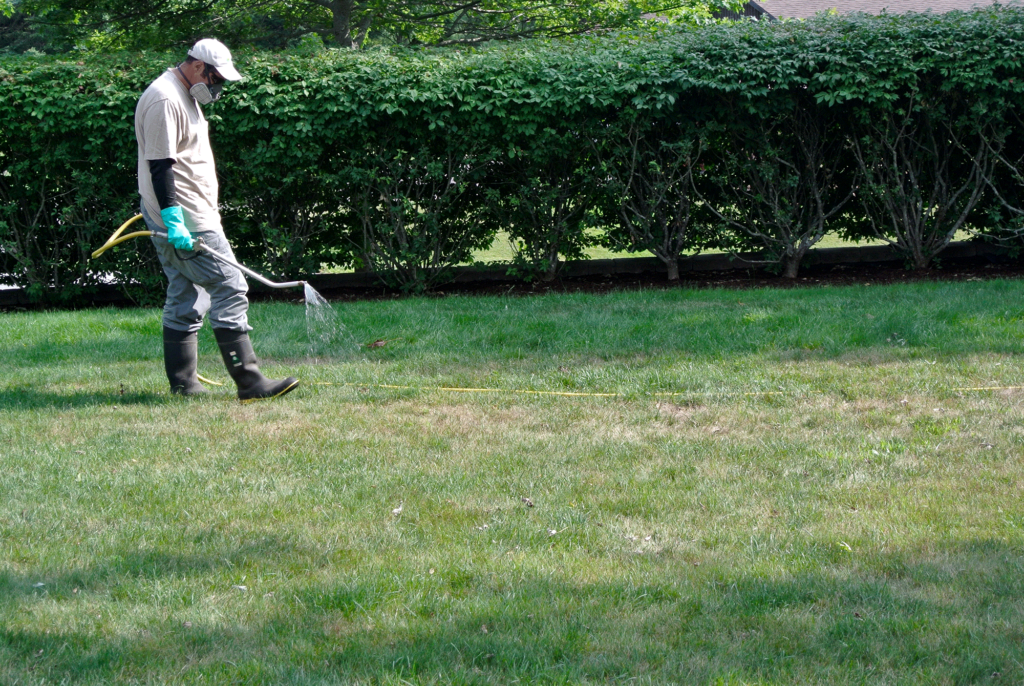Mid summer in the Maritimes can be the best of times, and the worst of times. Sunny skies, warm weather and vacation time for many make summer one of the most anticipated seasons of the year. Warming temperatures, however, also give rise to the common nuisance pest, the chinch bug. The chinch bug is an invasive pest which appears and reproduces in large numbers on lawns. The baby chinch bugs, or nymphs, are the most aggressive feeders on the lawn and cause damage by sucking sap from the stem of the grass, then release a toxin that causes brown, dead patches on the lawn. Damage can occur quite quickly when left unchecked. It is in the best interest of all concerned parties that the chinch bug be controlled as quickly as possible once their presence in your lawn is detected. Our technicians are trained in the detection and control of chinch bugs and are just a phone call away if you are suspicious of the lawn damage you are seeing.

A good clue to the fact you may have active chinch bugs on your property is the appearance of small brown patches that rapidly increase in size and number on sloped or sunny areas of your lawn. This evidence of chinch usually appears in the hotter months of July and August and will dissipate by early to mid September. If you begin to see these brown patches in the summer months, you can try checking out the situation by kneeling down on your lawn and gently pulling apart the turf just at the edge of the brown patches. You may discover either small red & black or black & white bugs that scurry away from your inquisitive search. If so, you’ve got chinch and now you need to deal with them! If the invasion is quite limited, control methods such as heavy watering or applying diatomaceous earth can help keep numbers down. If the invasion is moderate to severe, then the most practical approach is to apply a government approved insecticide. In exceptionally dry seasons chinch bug populations can reproduce easily and result in unusually high numbers. Repeat applications of insecticide may be necessary to gain control of the issue. In any case, the goal is the same for both the lawn care practitioners and homeowners; to keep the problem minimized as much as possible and aim to reduce the overall exposure of the lawn to pesticides.
One of the most effective preventive practices for keeping chinch bugs in check involves regular fertilization and mowing of your lawn at 3″ – 3.5″ to shade the root and crown area of the grass. The chinch bugs do not prefer to be in shade and the lawn will be in better health to be able to sustain and camouflage any damage that does occur. Consider planting a shade tree or two on areas that have intense sun exposure and topdress sloped areas with compost to help the soil retain moisture and nutrients. The healthier your lawn is, the better it can go to battle with these pesky little creatures!